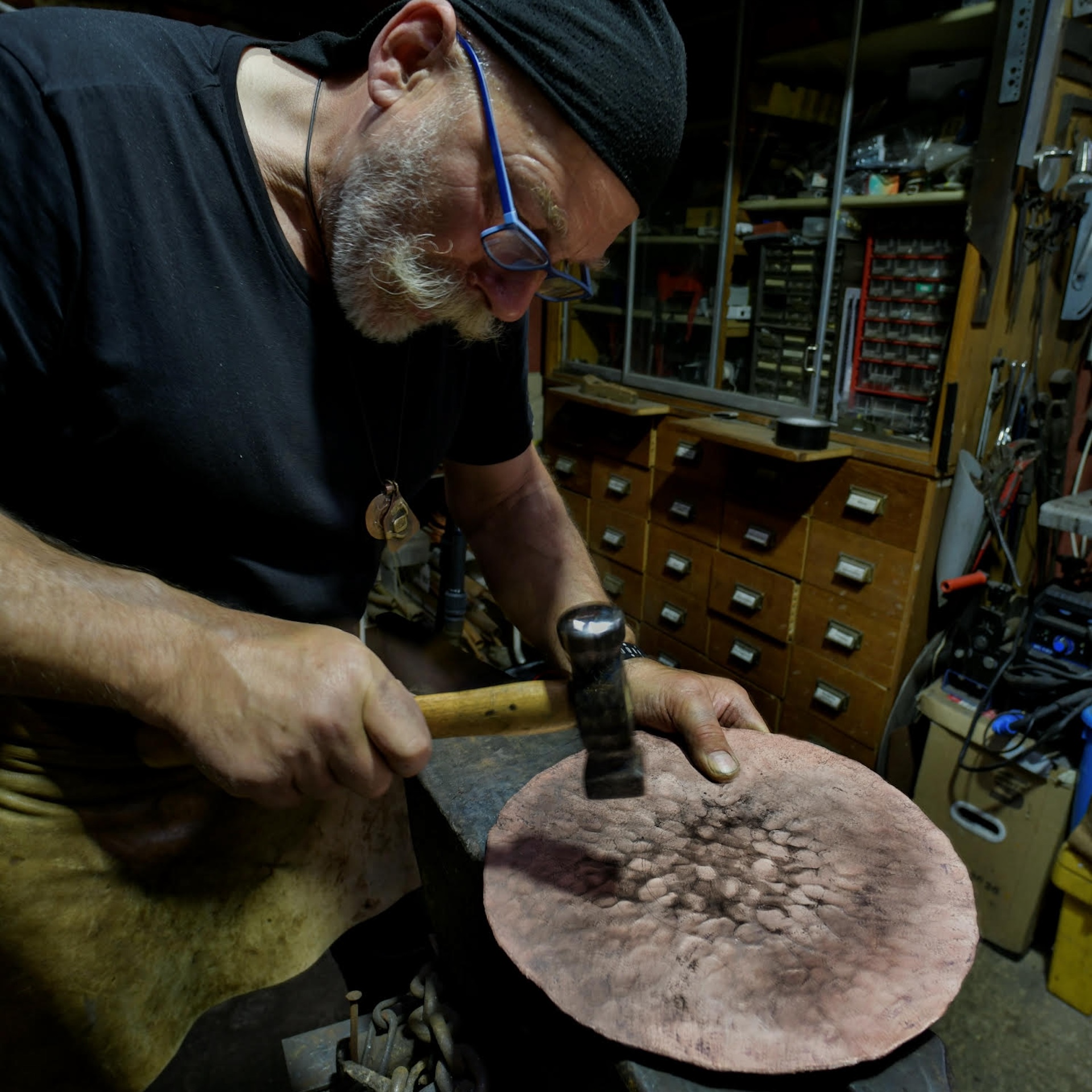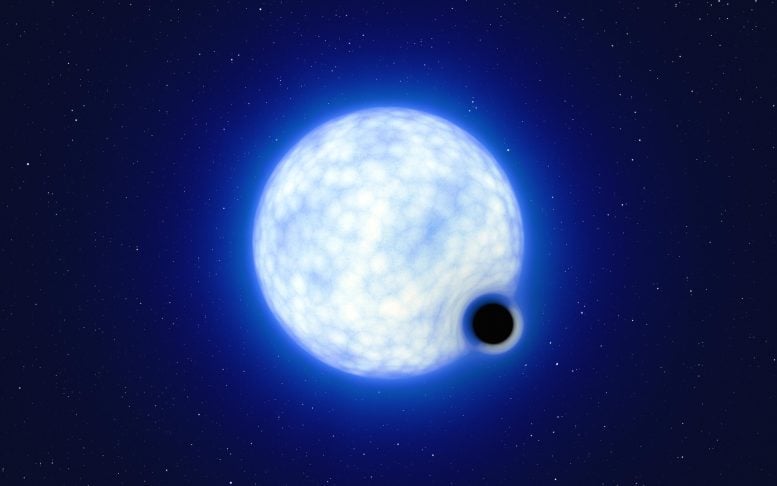A new analysis of the Nebra Sky Disc — a 3,800-year-old artifact that may be the oldest known representation of the sky — undermines claims that it is a more recent forgery. The study shows the 12-inch (30 centimeter) wide bronze disc was made with multiple cycles of heating and hammering that a modern forger would not have imitated, according to an author.
The Nebra Sky Disc made headlines in 1999 when it was unearthed by metal detectorists in a field near the town of Nebra in central Germany. But the true provenance of the object has been disputed.
To investigate how the disc was made, the authors of the new study constructed a replica disc that was repeatedly heated during its manufacture. They then compared the replica with the original using metallography — techniques that use microscopes to reveal the physical structure and components of metals and alloys.
Study co-author Christian-Heinrich Wunderlich told Live Science that most copper smithing was carried out by hammering “cold” or unheated metal into shape. But the structure of copper crystals in the bronze of the Nebra Sky Disc indicated that it was made with at least 10 cycles of a “hot forging” process that heated it to more than 1,290 degrees Fahrenheit (700 degrees Celsius) between hammerings, he said.
The results show “how high the art of metalworking was already developed in the Early Bronze Age,” study co-author and Saxony-Anhalt state archaeologist Harald Meller said in a translated statement.
Related: Bronze Age ‘treasure’ was crafted with extraterrestrial metal
Wunderlich told Live Science that the complicated manufacturing process challenged claims that the sky disc could be a modern fake, because it was extremely unlikely that forgers would have gone to such lengths.

Disputed disc
In addition, the new metallurgical analysis showed that the copper alloy used in disc probably originated in a specific Early Bronze Age mine in Austria that no longer operated in later periods, the team reported in the study, published Nov. 21 in the journal Scientific Reports.
“It cannot be very much younger because the composition of the alloy is very typical for bronze mined in the Austrian Alps,” Wunderlich said.
After the Nebra Sky Disc’s discovery, it was hailed as one of the most stunning archaeological artifacts ever found, and it is now on display at the Saxony-Anhalt State Museum of Prehistory.
Some experts, however, thought the Nebra Sky Disc was too good to be true.
A recent challenge claimed the metal detectorists had not first found it at the Nebra site at all, but elsewhere; and that they had reburied the disc with other artifacts so the entire hoard could be sold to a black-market collector. That, in turn, suggested the disc may be up to 1,000 years younger than previously thought, the study said.
But Wunderlich said the revelation of the origin of the copper alloy in the disc cast doubt on ideas that it could be much younger than 3,800 years old.
The sky disc is mostly made from bronze, but gold shapes that may represent the sun, moon and stars have been hammered into its surface — a metalworking technique known as “damascening”
Damascening is named for the Syrian city of Damascus, where many smiths specialized in this type of metalwork— especially for swords— during the Middle Ages.
According to the European Space Agency, one grouping of seven “stars” on the sky disc may depict the Pleiades star cluster (also called the “Seven Sisters“) and was sometimes used to mark the progression of the year.
The sky disc once had two opposing arcs along its edges, although only one remains; and archaeologists have suggested these may depict the horizon.
Another arc near the edge of the disc may have represented a boat — maybe a “sun boat” like the “solar barque” in the ancient Egyptian religion — or a sickle, which may indicate that the disc referred to farming.









Leave a Comment